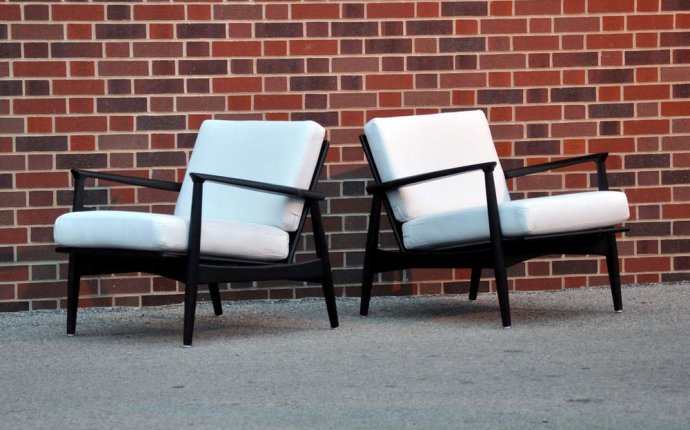
Best way to Refinish Antique Furniture
Your choice of top coating is a matter of personal preference. Penetrating oil finishes are easy to apply and look great with a soft, natural appearance. They afford less protection than varnish or lacquer finishes. Polyurethane creates a hard, durable finish and is available in a range of sheens. Water-based polyurethanes are very easy to use and are environmentally friendly. Lacquer gives a durable and luscious finish, but requires more skill and effort to apply. Your decision about which finish to use will depend on your confidence level and the piece you're finishing.
Water-based Polyurethane
Water-based polyurethanes are becoming very popular because they're easy to use and are environmentally friendly. They do require a different finishing technique. Before applying the finish, rub down the project with a damp cloth. Allow the wood to dry and then sand to remove the raised grain. You may want to do this a couple of times to reduce the tendency of the water in the finish to raise the grain when it's applied. This should be unnecessary if you've already used this technique when applying water-based stain.
If you've never used water-based polyurethane before, don't be alarmed by the white, milky color of the product as it's applied. It will quickly dry to a completely transparent clear. Unlike solvent-based finishes, it won't lend an amber tint to the wood, which could be a positive, or a negative, depending on what you're trying to accomplish. Water-based polyurethanes also dry quickly, requiring little time between coats.
Polyurethane
Polyurethane is an extremely durable finish that's resistant to both water and alcohol. It's available in a range of sheens to help you achieve the look you desire. When using satin or semi-gloss formulations, be sure to stir the product well to keep the flattening agents in suspension. Avoid creating bubbles when stirring and when applying with a brush. After loading the brush, tap it lightly against the side of the can instead of dragging it across the lip.
Brush polyurethane with the grain in long, overlapping strokes. Apply several thin coats, sanding between coats with 220 grit paper.
One of the most common mistakes people make when using polyurethane is trying to apply thick coats. This can cause running, wrinkling and sagging. It's a sure way to ruin your finish.
Lacquer
Lacquer can be used to achieve a beautiful finish. Lacquer is considered more difficult to apply than other clear finishes because it requires several coats with sanding in between. It dries very quickly and is usually sprayed rather than brushed. It can't be used over paint or other topcoats since it will soften and lift the finish.
For the best finish, lacquer should be sprayed. There is at least one product available which combines a lacquer base with a sealer in an easily applied topcoat which can be sprayed or brushed. If you use a brush, work quickly and apply lacquer with the grain using a good, natural bristle brush.
A properly applied lacquer finish is a thing of beauty worthy of the finest furniture. A hand-rubbed lacquer finish has a deep, soft gloss and doesn't have the plastic appearance of many polyurethanes. The final coat can be rubbed out with 0000 steel wool and paste wax. It can also be polished with polishing compound (automotive compound is fine) for a soft luster.
Penetrating Oil Finishes
Penetrating oil finishes are easy to apply and produce handsome results. "Tung oil, " "Danish oil" and "Antique oil" finishes fall in this category. They're good choices for antiques or fine furniture that won't be subject to a lot of wear and tear. Choose another type of finish if extreme durability is a requirement.
Oil finishes are applied to the wood and allowed to soak for a certain amount of time. Then any excess is removed by rubbing and buffing with a rag. Several coats are applied.
Small scratches and defects can be easily repaired by simply sanding the defect and rubbing more oil finish in the affected area. The entire finish can be renewed periodically by rubbing in an additional coat. It's also a good idea to use paste wax on furniture finished using penetrating oils. The wax will give additional protection while complementing the appearance of this finish.









